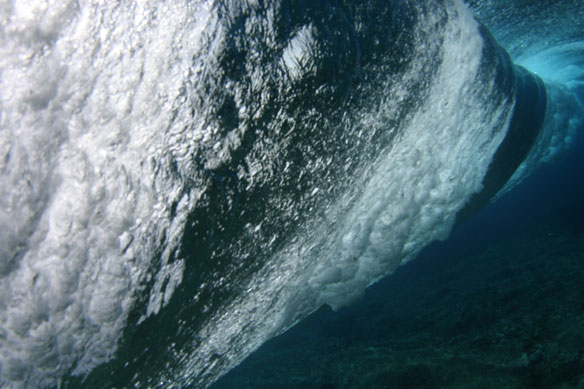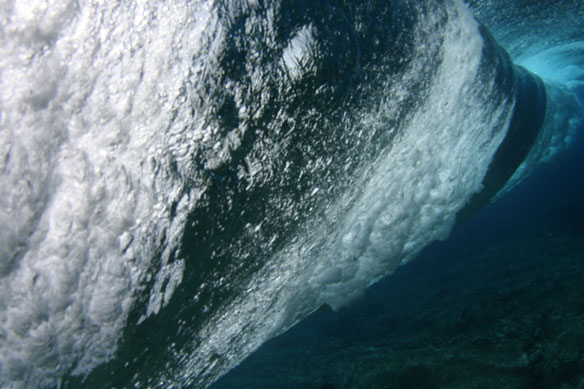
Photograph: © SAF
Excerpts;
Nature has its own undersea noises. But the new ones are loud and ubiquitous.
The oceanic roar originates because of the remarkable, and highly selective, way in which different kinds of waves propagate through seawater. While sunlight can penetrate no more than a few hundred feet, sound waves can travel for hundreds of miles before diminishing to nothingness.
In recent decades, raucous clatters have been added to the primal chorus…the ocean depths have become a noisy place. The causes are human: the sonar blasts of military exercises, the booms from air guns used in oil and gas exploration, and the whine from fleets of commercial ships that relentlessly crisscross the global seas.
Marine experts say the rising clamor is particularly dangerous to whales, which depend on their acute hearing to locate food and one another.
To fight the din, the federal government is completing the first phase of what could become one of the world’s largest efforts to curb the noise pollution and return the sprawling ecosystem to a quieter state.
The project, by the National Oceanic and Atmospheric Administration, seeks to document human-made noises in the ocean and transform the results into the world’s first large sound maps. The ocean visualizations use bright colors to symbolize the sounds radiating out through the oceanic depths, frequently over distances of hundreds of miles.
The International Maritime Organization, a United Nations body responsible for improving marine safety and reducing ship pollution, also has the authority to set acoustic standards. In the past few years, encouraged by the United States, it began discussing how to achieve voluntary noise reductions.Since many commercial vessels are registered abroad, and most shipping noises arise in international waters, the organization’s backing is seen as crucial for reductions to be substantial enough to have global repercussions…
Read Full Article, by William J Broad, The New York Times
NOAA cetacean and sound mapping
Protect Our Marine Wildlife and Fisheries from Seismic Testing









